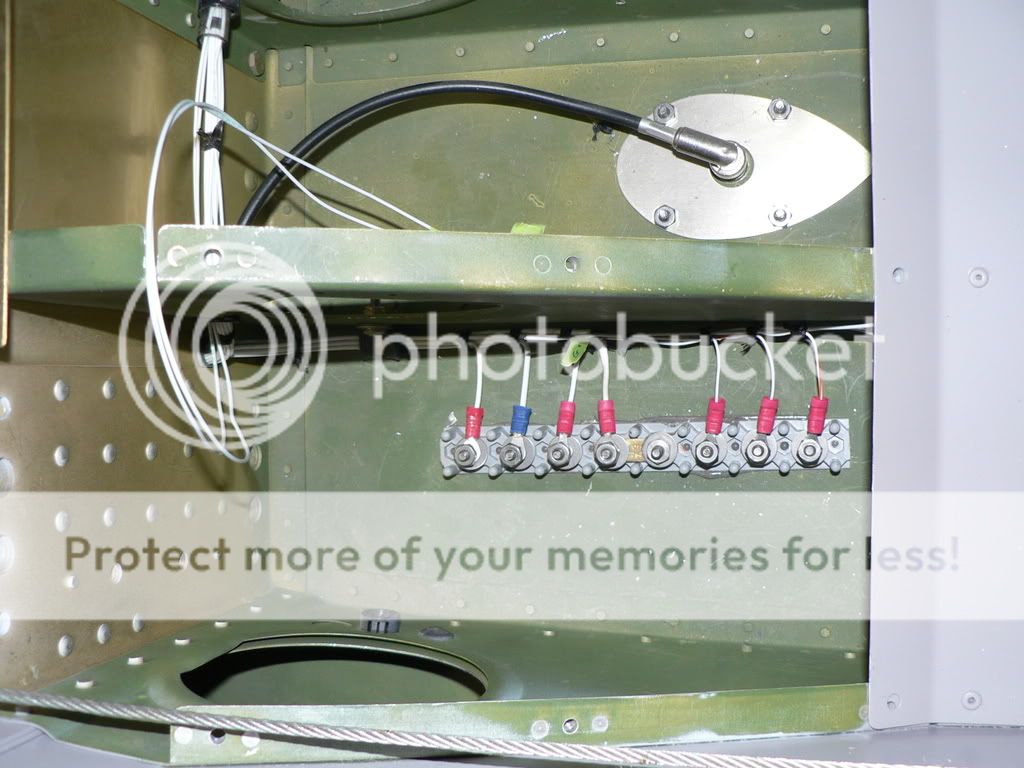tx_jayhawk
Well Known Member
Without getting into the debate of whether or not one should use a connector for the wing wiring, I would be curious what type of connectors people have used for a wing root disconnect? At a minimum, I have:
* Pitot heat - 14 gauge (2)
* Landing Light - 16 gauge (2)
* NAV light - 18 gauge
* TBD others
It seeems that Amp CPC circular connectors may not normally be rated for that kind of current, but I do want some sort of quality connection (no white molex).
Any ideas?
Thanks,
Scott
7A Finishing
* Pitot heat - 14 gauge (2)
* Landing Light - 16 gauge (2)
* NAV light - 18 gauge
* TBD others
It seeems that Amp CPC circular connectors may not normally be rated for that kind of current, but I do want some sort of quality connection (no white molex).
Any ideas?
Thanks,
Scott
7A Finishing









